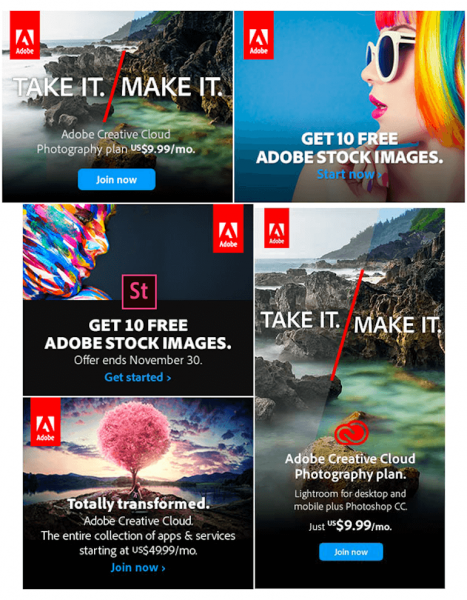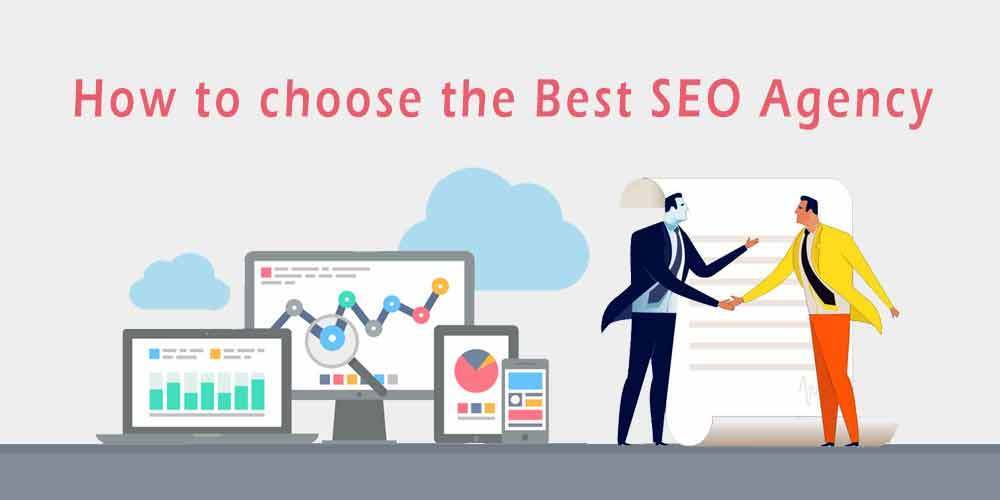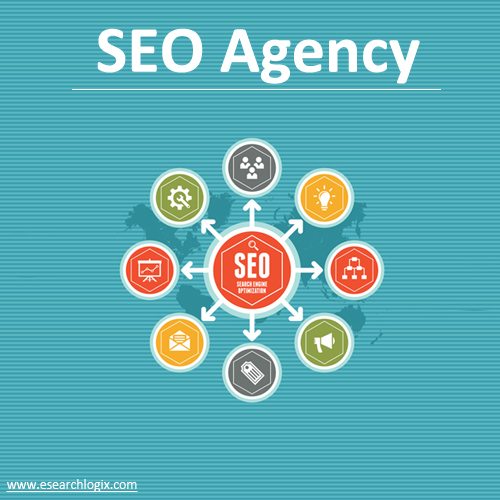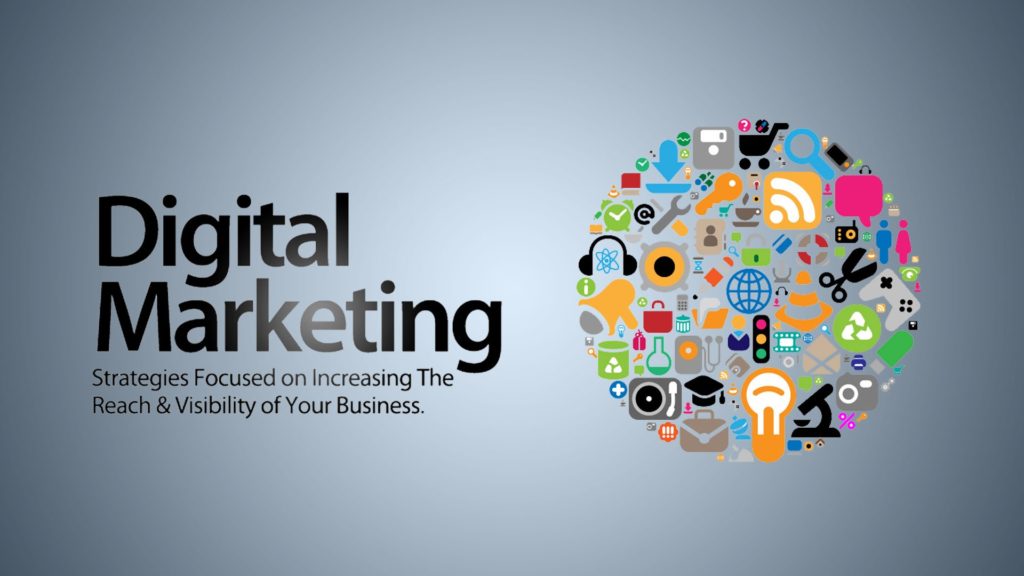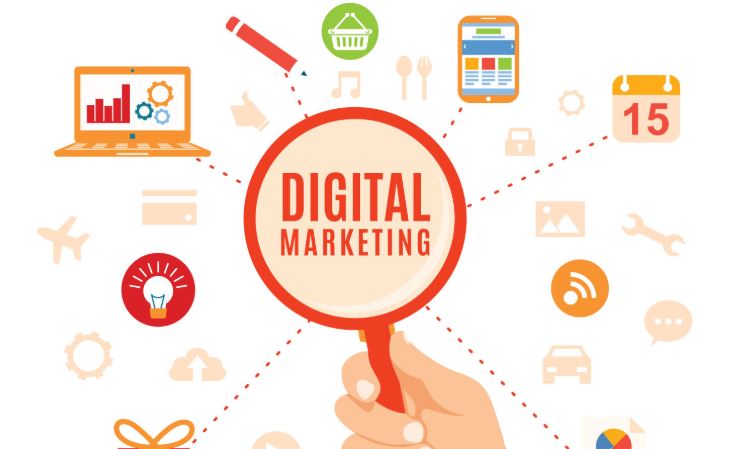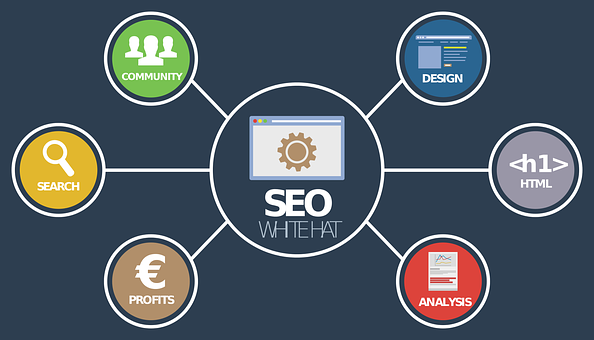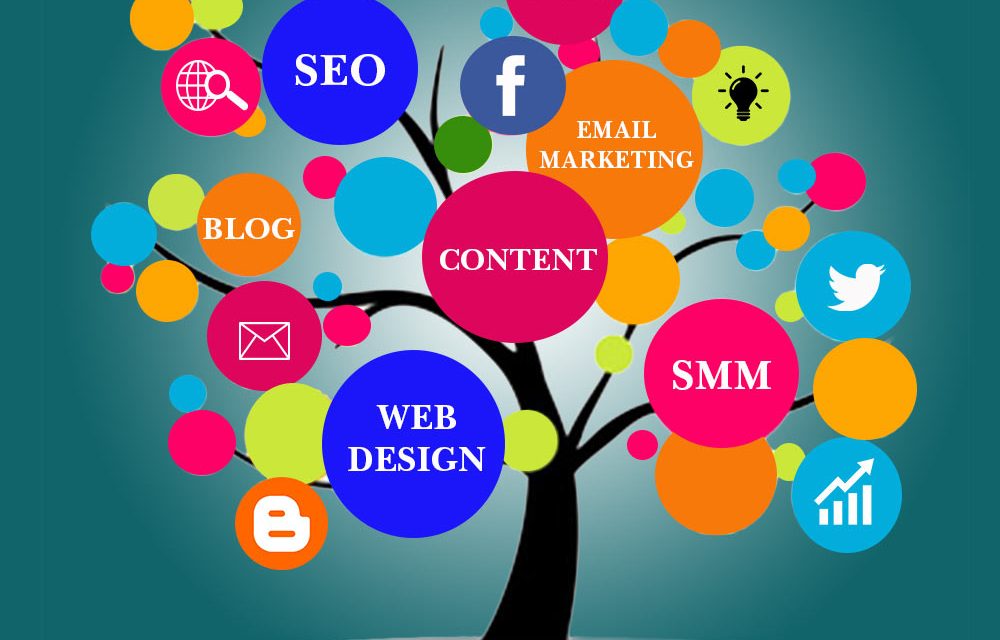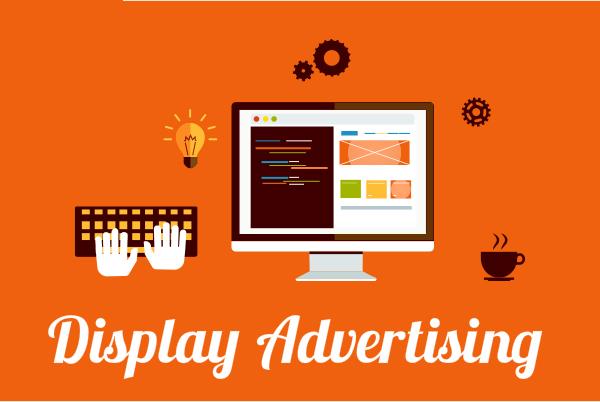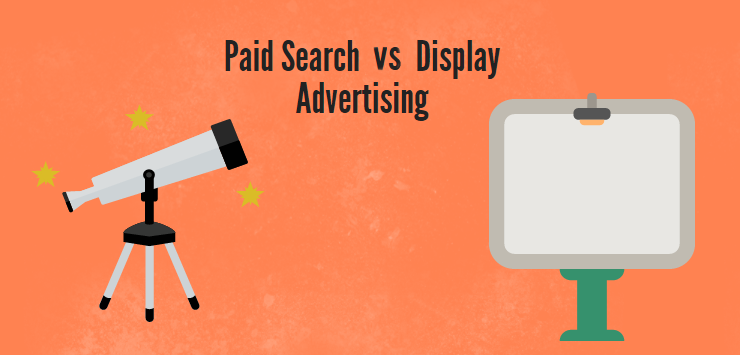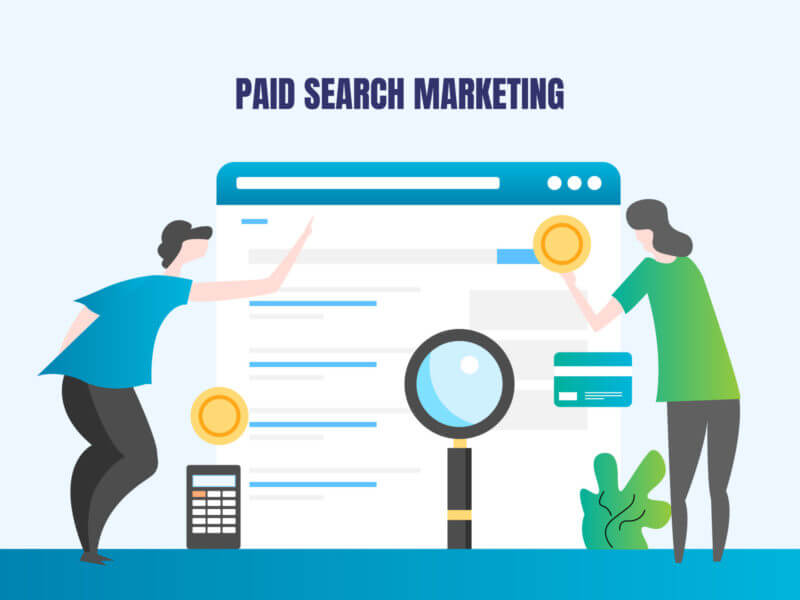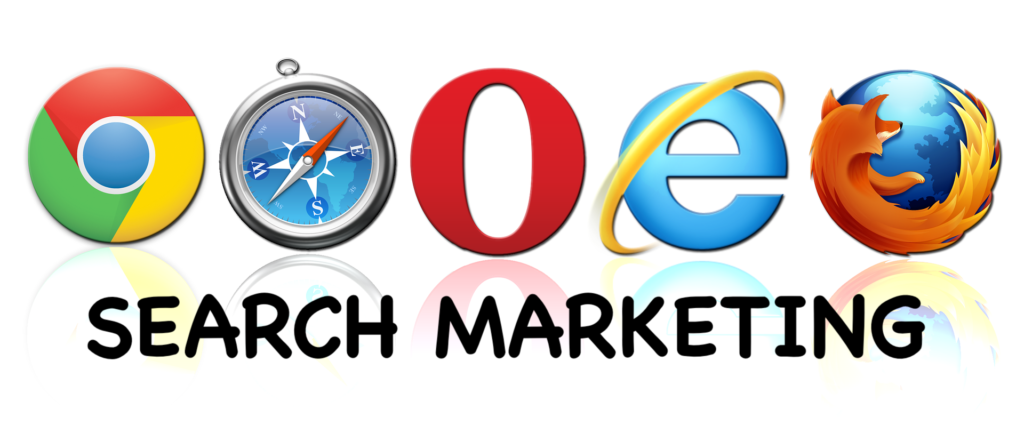The Google Display Network can help you reach people with targeted Display ads while they’re browsing their favorite websites, showing a friend a YouTube video, checking their Gmail account, or using mobile devices and apps.
How the Google Display Network works
The Google Display Network is designed to help you find the right audience. Its targeting options let you strategically show your message to potential customers at the right place and the right time. Here are some examples of how you can approach targeting with Display ads:
- Find new customers or engage your existing customers using audiences. Similar audiences and in-market audiences allow you to target people who are most likely to be interested in your products, helping you find new prospective customers. You can also use data, like remarketing lists, to help you re-engage people who previously visited your site.
- Drive more conversions using automation. Automated targeting helps you get more conversions by finding high-performing audiences based on your existing audiences and landing page. By automatically optimizing over time, Google Ads can learn which audiences work for you. Automated bidding automatically adjusts your bid to help you meet your return on investment. Smart display campaigns combine the best of automated targeting, bidding, and creatives to maximize your conversions on Google Ads.
Move people with Display ad images
Display ads provide opportunities to engage users with appealing ad formats. Here are some of the ad types you can run on the Display Network:
- Responsive Display ads. Creating ads on the Google Display Network is partially automated with responsive ads. To create them, simply enter your ad text, then add your images and logo, and Google will optimize your ads to improve performance. (You can also use our library of images at no cost.) Both new and advanced users benefit from responsive ads because they show as “native” ads, and blend into the font and feel of the publisher’s site.
- Note: Responsive Display ads will be replacing responsive ads as the new default ad type for the Display Network. If you have responsive ads running, you will be prompted to save them as Responsive Display ads.
- Uploaded image ads. For more control, you can create and upload ads. You can upload ads as images in different sizes or HTML5.
- Engagement ads. Run engaging image and video ads on YouTube and across the Display Network.
- Gmail ads. Show expandable ads on the top tabs of people’s inboxes.
When Display ads show
While the Search Network can reach people when they’re already searching for specific good or services, the Display Network can help you capture someone’s attention earlier in the buying cycle. You can put your ads in front of people before they start searching for what you offer, which can be key for your overall advertising strategy. You can also remind people of what they’re interested in, as in the case of remarketing to people who’ve previously visited your site or app.
Measure your results using the Google Display Network
Google Ads lets you measure how well you’re meeting your goals. See which webpages run your ads, which ads deliver the most clicks, and which sites give you the most value for the lowest cost.
Plan ahead
Changes in the Display Network can take 12-24 hours to apply and may not show right away. Keep this in mind while creating a new campaign or making changes to an existing campaign. You may want to set up your campaign a few days before the launch and set the start date in the future.When there are multiple changes made within a 24 hour period, they may be applied outside of the chronological order of change history.
Deep linking
With app deep linking enabled, your app users will be directed to your in-app content from your Search, Display, and Shopping ads. If you want to enable deep linking for these campaigns, create App Links for Android and Universal Links for iOS, and enable Google Analytics for Firebase to track app conversions.




